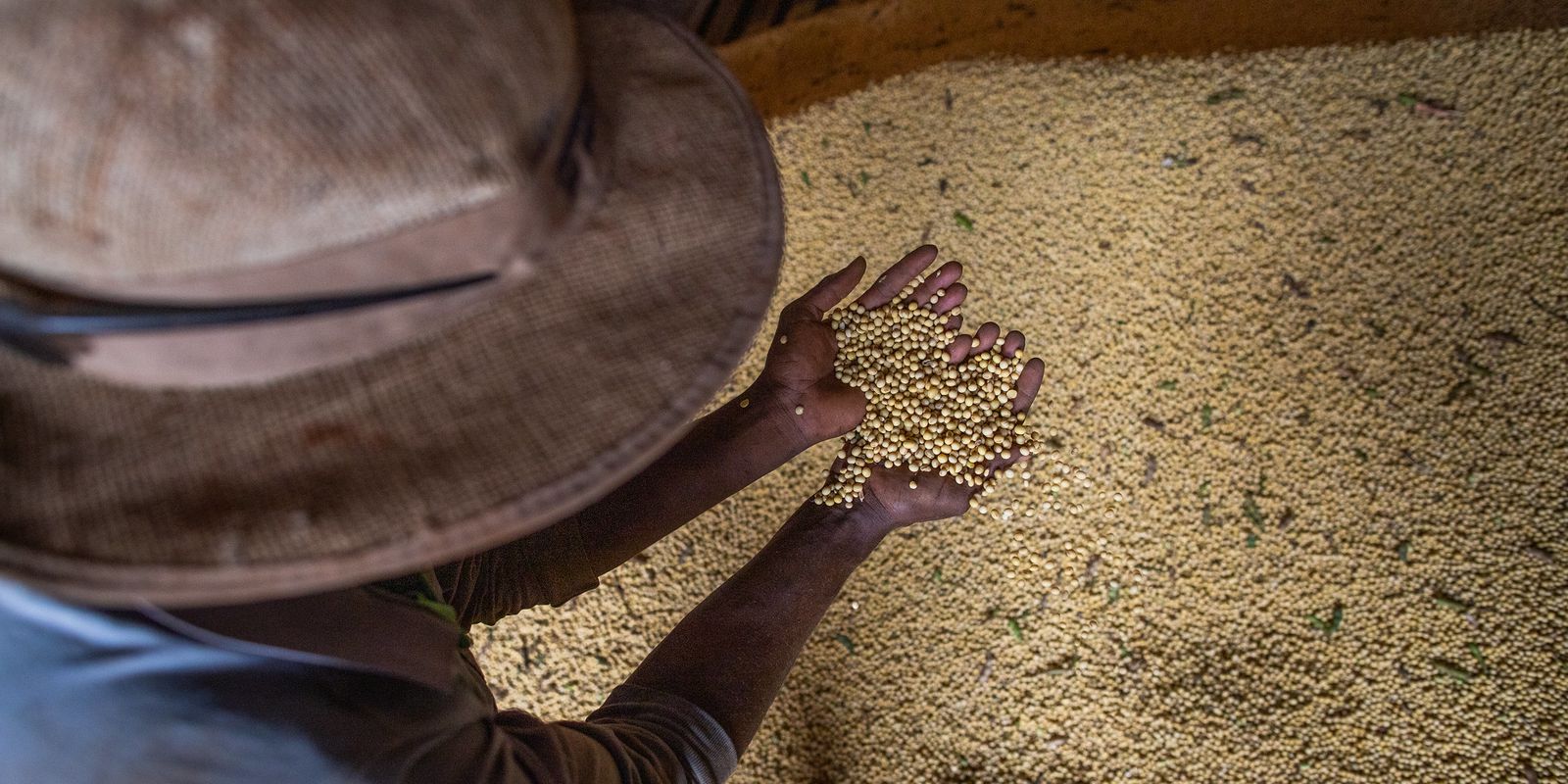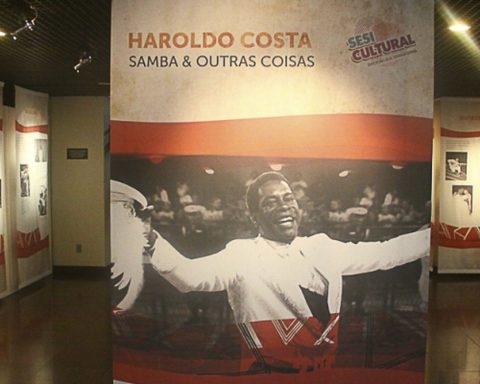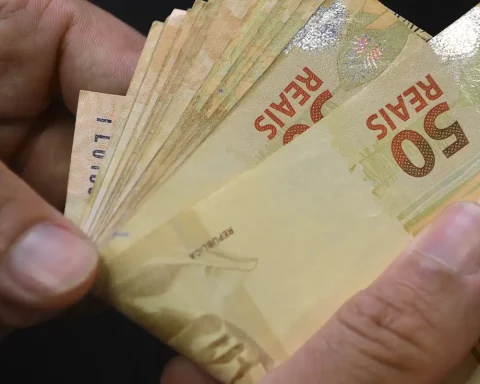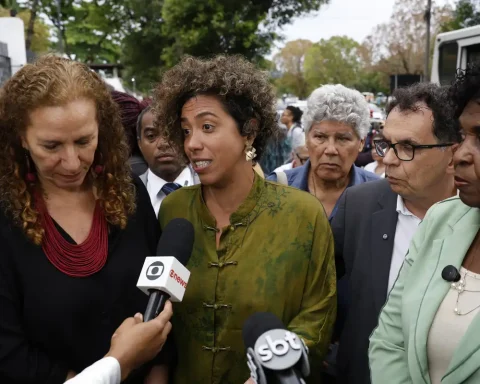In 2020, the first year of the covid-19 pandemic, Brazil’s Gross Domestic Product (GDP, sum of goods and services produced in the country) reached BRL 7.6 trillion, down 3.3%. There were drops in the GDP in 24 of the 27 states of the Federation, stability in the state of Mato Grosso and positive variations in Mato Grosso do Sul (0.2%) and Roraima (0.1%).
The information is contained in the 2020 Regional Accounts, prepared by the Brazilian Institute of Geography and Statistics (IBGE) in partnership with state statistical bodies, state government departments and the Superintendence of the Manaus Free Zone (Suframa).
Rio Grande do Sul had the biggest drop in volume (-7.2%), followed by Ceará (-5.7%), Rio Grande do Norte (-5%), Espírito Santo (-4.4%), Rondônia (-4.4%) and Bahia (-4.4%). The other retreats were in Alagoas (-4.2%), Acre (-4.2%), Pernambuco (-4.1%%), Paraíba (-4.0%), Piauí (-3.5%) and São Paulo (-3.5%).
According to the IBGE, in Rio Grande do Sul, the result was caused by agriculture, which was impacted by the drought in 2020, and by the processing industries, due to the leather preparation segment.
In the Southeast, the volume of GDP was equal to the national one (-3.3%), with a more pronounced retraction in Espírito Santo (-4.4%), followed by São Paulo (-3.5%), Minas Gerais (- 3%) and Rio de Janeiro (-2.9%).
The South Region had the biggest drop in GDP volume (-4.2%) between 2019 and 2020, mainly due to the performance of Rio Grande do Sul (-7.2%).
The Midwest was the region with the smallest drop in volume (-1.3%), influenced by Mato Grosso do Sul (0.2%) and Mato Grosso, which remained stable.
According to the survey, eight units of the Federation changed positions in the ranking of participation in GDP between 2019 and 2020. Throughout the historical series, started in 2002, only in 2014 and 2016 was the number of changes in positions higher. “Paraná advanced from fifth to fourth position, due to its relative gain in national agriculture, while in Rio Grande do Sul the loss of position reflected its reduction in volume and participation in the same activity”, says the IBGE.
Pará, due to the relative gain linked to extractive industries, advanced from 11th to 10th position, occupying in 2020 the position that until the previous year belonged to Pernambuco.
Mato Grosso, which also stood out in 2020 for the performance of agriculture and livestock, advanced to the 12th position, surpassing Ceará, which fell to the 13th position. Mato Grosso do Sul rose one position, to 15th, while Amazonas fell to 16th, as the first increased its share in GDP from 1.4% to 1.6%, while the second remained at 1.5% between 2019 and 2020.
“There was a lot of change of position, much more than in recent years. This is a reflection of the first year of the pandemic and the way it occurred, differently between the Federation units. Agriculture grew 4.2%, but represents around 5% of the national GDP, while in the Midwest states it reaches 20% of added value, which partially offset the drop in services. Rio Grande do Sul was one of the few states where agriculture and livestock did not cooperate, due to climate problems”, said the manager of Regional Accounts at the IBGE, Alessandra Poça.
According to the manager, in 2020, agriculture had super harvests (with the exception of Rio Grande do Sul) and an increase in the price of commodities such as soy, corn, coffee and grains in general in agriculture, as well as an increase in the prices of livestock products, contributing to the result of states that have relevant agricultural production in their economies.
In the Southeast, the only region to lose participation in the GDP in the period, Rio de Janeiro and São Paulo presented a reduction of 0.7 percentage points and 0.6 percentage points, respectively. In the state of Rio, the decline was driven by extractive industries, with the drop in the price of oil and gas, while in São Paulo, due to losses in financial activities, insurance and related services and in accommodation and food.
Among the other states in the region, Minas Gerais gained 0.2 percentage points due to coffee cultivation, and Espírito Santo lost 0.1 percentage points, also affected by extractive industries.
“In the Southeast, São Paulo, Rio de Janeiro and Espírito Santo lost share. Espírito Santo lost because oil prices fell and its ore production has not yet recovered after the accident at Brumadinho (MG), whose production was pelletized and shipped through Espírito Santo. The positive performance of coffee did not compensate for the losses in other sectors of the economy of Espírito Santo”, said Alessandra.
GDP per capita
the GDP per capita in Brazil, in 2020, was R$ 35,935.74 and increased by 2.2% compared to 2019. The Federal District maintained the highest GDP per capita (BRL 87,016.16), 2.4 times greater than GDP per capita from the country. In second place appears São Paulo (R$ 51,364.73) and then Mato Grosso (R$ 50,663.19) occupying the position that historically belonged to Rio de Janeiro.
Among the states with the lowest GDP per capita in 2020, Piauí and Maranhão occupied the 26th and 27th positions, respectively. Below the twentieth position in the ranking are almost exclusively states in the Northeast, with Acre being the only exception, in 23rd place.
In 2020, employee compensation lost share for the fourth straight year, falling from 43.5% in 2019 to 42%. For the first time, employee compensation is no longer the main component of GDP, from the income perspective.














